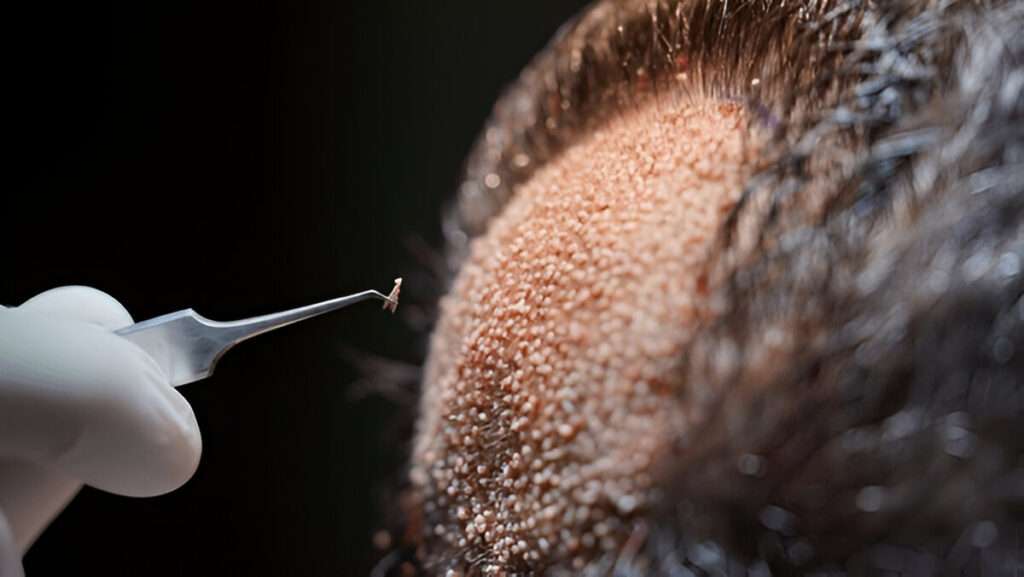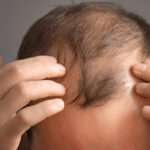Hair transplants can be life-changing, giving back confidence and restoring a natural hairline. However, the days and weeks after the procedure are critical. Proper scalp care, especially washing, plays a key role in recovery. Many patients in the UK, including those seeking hair transplant Bristol clinics, often wonder how often they should wash their hair to promote healing without damaging the transplanted follicles.
Why Post-Transplant Washing Matters
After a hair transplant, the scalp is sensitive. Tiny grafts are placed into the recipient area, and the donor site may have stitches or minor wounds. Washing too soon or incorrectly can dislodge grafts or irritate.
At the same time, keeping the scalp clean is essential. Oil, sweat, and dirt can lead to infections or slow healing. Finding the right balance between gentle hygiene and protection is crucial for long-term results.
The First Few Days
Immediately after the procedure, washing is usually restricted. Most surgeons advise avoiding any direct contact with the transplanted area for the first 48 hours. This prevents irritation and allows the grafts to settle.
During this period, patients can gently wipe the forehead and surrounding areas with a damp cloth. Avoid rubbing or applying pressure to the transplanted zone. Clinics offering hair transplant procedures in Bristol often provide clear, step-by-step guidance to ensure patients feel confident about early care.
Introducing Gentle Washing
After the initial 48 hours, gentle washing can begin. Use a mild, non-medicated shampoo. Diluting the shampoo with water can make it even gentler. Apply the solution softly with fingertips or a cup, avoiding direct rubbing or massaging of the transplanted follicles.
This stage is critical. Proper washing cleanses the scalp while protecting newly implanted hairs. Many patients notice scabs beginning to form, which should not be forcefully removed. Over the next week, gentle rinsing helps promote the natural shedding of these scabs without harming the grafts.
Establishing a Routine
By the end of the first week, most patients can start washing their hair more routinely. Typically, washing every one to two days is safe, depending on scalp oiliness and sweat. Avoid daily scrubbing, as it may irritate sensitive areas.
Consistency is more important than frequency. A gentle, careful routine helps maintain hygiene, reduces the risk of infection, and supports overall hair growth. For those in Bristol, clinics often offer tailored advice based on individual hair types and specific procedure techniques.
Signs You Are Washing Too Often
Excessive washing can cause dryness, irritation, or redness. If the scalp feels tight or transplanted hairs appear loose, washing may be too frequent or aggressive.
It’s also essential to avoid hot water or harsh shampoos. Warm water is best, as it cleans gently without shocking sensitive follicles. After washing, pat the scalp dry with a soft towel instead of rubbing vigorously.
When to Resume Normal Hair Care
Most patients can resume their regular hair care routine approximately two to three weeks after the procedure. This includes regular shampooing, conditioning, and brushing. By this point, grafts have usually settled, and the scalp is less sensitive.
Avoid chemical treatments or hair dyes for at least a month. These can irritate the scalp and compromise graft survival. Gradual reintroduction of styling products ensures the new hair grows strong and healthy.
Tips for Maintaining a Healthy Scalp
Even after recovery, scalp care remains essential. Gentle washing, adequate hydration, and avoiding tight hats or helmets protect both transplanted and existing hair.
Scalp massages can be introduced after one month to improve blood flow, supporting hair growth. Many patients in the UK find that following clinic-recommended routines helps achieve optimal results and prevents unnecessary complications.
Common Misconceptions
Some believe that washing too frequently will cause grafts to fall out. In reality, careful washing does not harm transplanted hairs. The key is technique and timing.
Others worry about scabs or shedding. Minor shedding in the first few weeks is normal. Proper washing helps these scabs come off naturally without interfering with the hair growth cycle.
Conclusion
Knowing how often to wash hair after a transplant is essential for a smooth recovery and successful results: gentle washing, patience, and a consistent routine support graft survival and scalp health.
For men and women in Bristol, following advice from hair transplant Bristol clinics ensures personalised care and optimal outcomes. With careful attention, hair can grow naturally and the results can last a lifetime.






